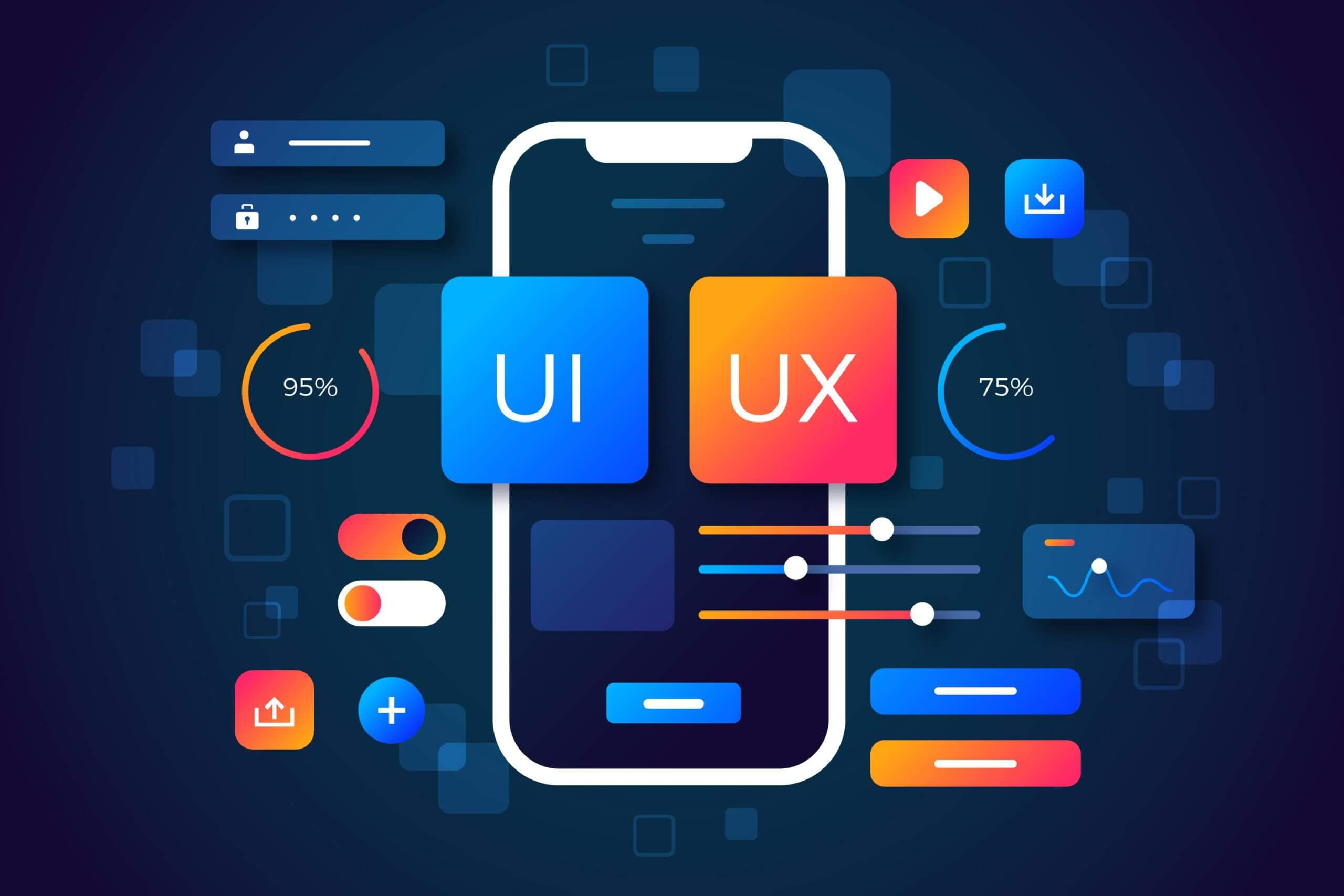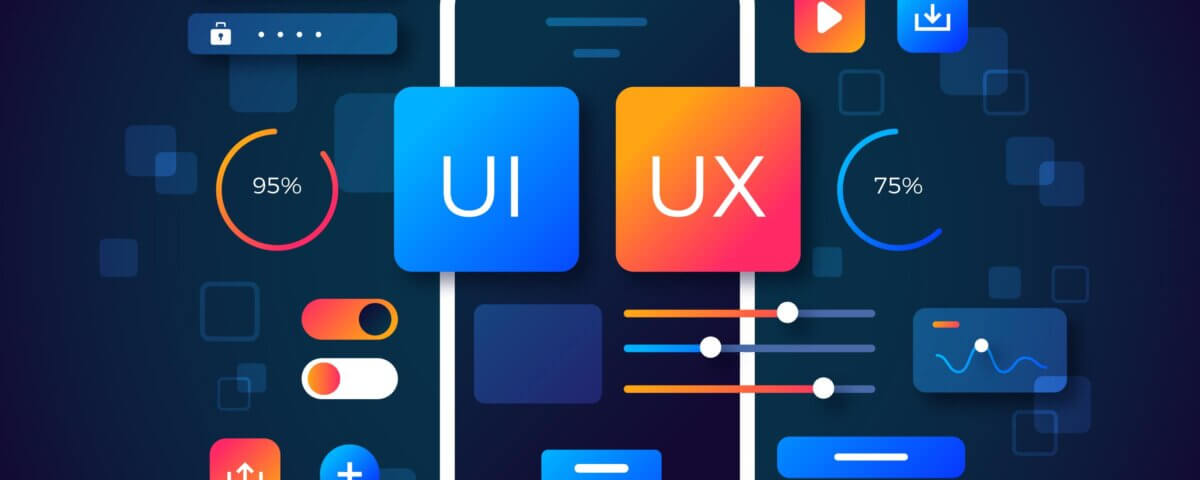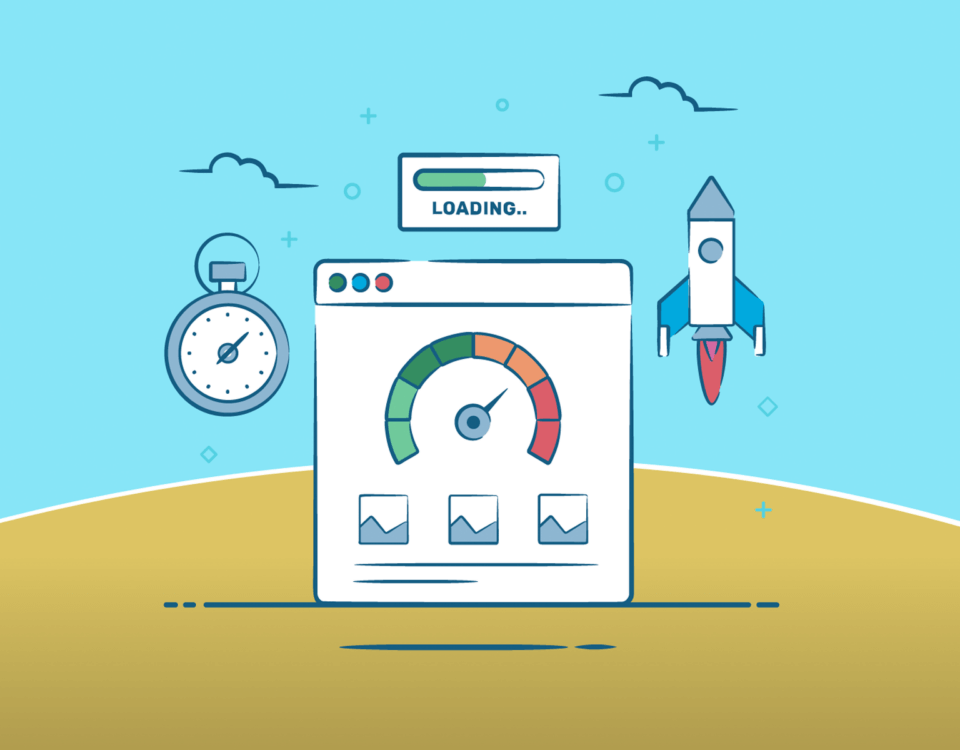
Essential Software Development Tools Every Developer Should Know
August 21, 2023
Importance of Spelling, Grammar and Wording in Web Development
October 4, 2023
In the digital age, a website is often the first interaction a user has with a brand or service. It's not just about aesthetics anymore; the user interface (UI) and user experience (UX) design of a website play a pivotal role in capturing user attention, engaging them, and driving meaningful interactions. Let's delve into the world of UI and UX design in web design and explore how this dynamic duo creates seamless and impactful online experiences.
Understanding UI and UX Design
UI Design: User Interface design focuses on the visual elements of a website that users directly interact with. It encompasses layout, typography, color schemes, buttons, icons, and other design components that shape the overall look and feel of the website. UI designers aim to create visually appealing and intuitive interfaces that guide users through the content and functionalities.
UX Design: User Experience design deals with the overall user journey and how users feel while navigating a website. It involves research, wireframing, prototyping, and testing to ensure that the website meets users' needs and expectations. UX designers aim to make interactions seamless, efficient, and delightful, considering factors like usability, accessibility, and emotional engagement.
The Synergy Between UI and UX Design
The relationship between UI and UX design is often likened to a dance. Each complements the other's strengths to create a harmonious and memorable experience:
1. Visual Consistency: A visually consistent UI helps users feel oriented and confident while navigating. Consistent typography, colors, and design elements contribute to a cohesive brand identity and enhance the overall aesthetics.
2. Intuitive Navigation: UI elements like menus, buttons, and icons guide users through the website's structure. A well-designed UI ensures that users can quickly find what they're looking for, reducing frustration and boosting engagement.
3. User-Centric Layouts: UX research informs the placement of UI elements for optimal user flow. UX designers consider the natural eye movement of users, placing important information and calls to action where they're most likely to be seen.
4. Emotionally Engaging Design: UI design plays a crucial role in evoking emotions. The strategic use of colors, imagery, and visual hierarchy can create emotional connections, making the user experience more memorable.
5. Responsive Design: A seamless UI/UX experience extends to various devices and screen sizes. Responsive design ensures that the website functions and looks great whether accessed from a desktop, tablet, or smartphone.
6. Feedback Loop: UX research involves gathering feedback from users to identify pain points and areas for improvement. This feedback loop informs UI design adjustments, resulting in an iterative process that refines the user experience.
The Process of UI/UX Design
1. Research: Understand the target audience, their preferences, and pain points. This knowledge guides the design process and ensures the final product resonates with users.
2. Wireframing and Prototyping: Create low-fidelity wireframes to outline the website's layout and structure. Then, develop interactive prototypes to visualize the user journey and test functionalities.
3. Visual Design: Incorporate the brand's visual elements into the UI design. Pay attention to color schemes, typography, imagery, and iconography that align with the brand's identity.
4. Usability Testing: Conduct usability tests with real users to identify any usability issues or roadblocks in the user journey. Iterate based on user feedback to refine the design.
5. Development: Collaborate with developers to bring the design to life. Clear communication is key to ensure that the final product matches the intended design.
6. Testing and Launch: Thoroughly test the website across devices and browsers to ensure its functionality and responsiveness. Launch the website and monitor its performance.
The Impact of Exceptional UI/UX Design
A website with exceptional UI/UX design offers several benefits:
Higher User Engagement: A user-friendly interface and a seamless experience keep users engaged and encourage them to explore more of your content.
Enhanced Brand Perception: A well-designed website reflects professionalism and credibility, positively impacting how users perceive your brand.
Lower Bounce Rates: A frustrating user experience often leads to users leaving a website quickly. A well-designed UI/UX reduces bounce rates and increases user retention.
Increased Conversions: Intuitive navigation and strategically placed calls to action can lead to higher conversion rates, whether it's making a purchase, signing up, or any other desired action.
In Conclusion
UI and UX design are the twin pillars upon which successful web experiences are built. Their seamless collaboration ensures that a website not only looks stunning but also functions flawlessly, meeting the needs and expectations of users. By understanding the dance between UI and UX, designers can create web experiences that captivate, engage, and leave a lasting positive impression on users, fostering stronger brand connections and driving meaningful interactions.









